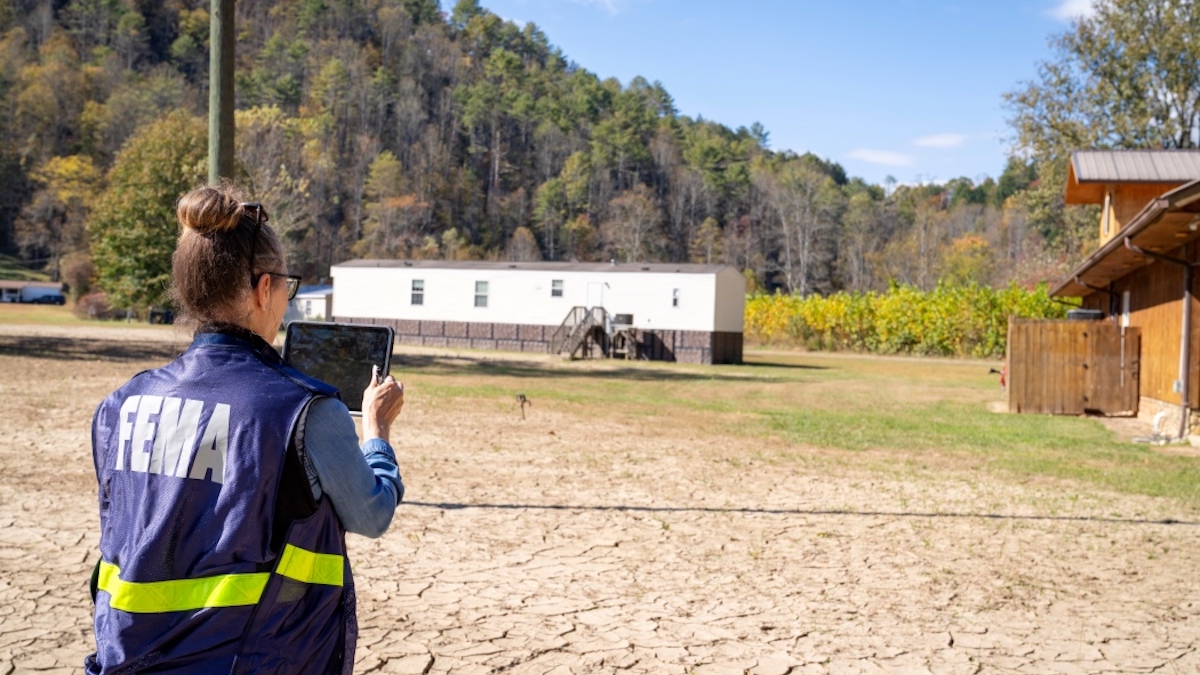Editors’ Vox is a blog from AGU’s Publications Department.
We are delighted to share that Jaclyn Clement Kinney has recently taken over as the Editor-in-Chief of the Earth and Space Science Open Archive. We asked her some questions about her own research interests and vision for the community server.
What are your own areas of scientific interest?
I am interested in all scientific aspects related to the Arctic region. The Arctic captured my attention and devotion while I was a graduate student during my first research expedition there in the year 2000 aboard the CCGS Sir Wilfrid Laurier. The Arctic Ocean and marginal seas are beautiful, dynamic, and challenging to observe and model. The extreme environmental conditions limit the amount of historical data that is available. Therefore, I am interested in combining observations and model results to further our understanding of key processes and feedbacks in the Arctic marine biophysical system.
I am one of the original team members involved in the development, use, and evaluation of the Regional Arctic System Model (RASM). RASM is a fully-coupled regional model of the pan-Arctic which includes components for the ocean, atmosphere, sea ice, marine biogeochemistry, land hydrology, and a river routing scheme. My work emphasizes the importance of biophysical coupling in the ocean and sea ice. I have focused on topics including benthic invertebrate community structure, mesoscale eddies and their role in shelf-basin exchange, large-scale polar oceanography, and variability in the Bering Sea Cold Pool extent and its relationship with sea ice and biological processes. I have also worked to quantify changes in these processes over the last several decades and examine their roles in climate change.
My latest research involves quantification of primary production under Arctic sea ice.
My latest research involves quantification of primary production under Arctic sea ice. This is a topic that has recently gained a lot of interest due to limited (in space and time) observations that indicate very high concentrations of phytoplankton growing beneath the sea ice. These populations were historically assumed to be negligible and are not accounted for by remote sensing because the sea ice blocks the signals from satellites. In order to quantify the pan-Arctic phytoplankton populations beneath the sea ice, I used RASM hindcasts that were validated with limited observational data. We found that the phytoplankton populations growing beneath the sea ice may be larger than the populations found in open water in the Arctic. This has significant consequences for the Arctic carbon budget.
What does it mean to you to serve as Editor-in-Chief of the ESS Open Archive?
It is an honor to be selected as the Editor-in-Chief of the ESS Open Archive. I joined the Archive as an editorial board member in 2020 and have enjoyed reviewing submissions and being part of the team since that time. It is a pleasure to work with a group of dedicated board members from a broad range of disciplines. We are especially fortunate to work with AGU staff members and benefit from their commitment and vision for this community server.
AGU has been a leader in the field of open science and the creation of the ESS Open Archive is part of that mission.
AGU has been a leader in the field of open science and the creation of the ESS Open Archive is part of that mission. I am enthusiastic about being part of this ongoing work toward open science for all. I believe that great strides have been made toward inclusiveness and accessibility of scientific results over the past two decades and look forward to continuing along this path.
What makes the ESS Open Archive special?
As stated on the website, “The Earth and Space Science Open Archive is a community server established to accelerate the open discovery and dissemination of earth, environmental, and space science research by archiving and sharing early research outputs, including preprints, presentations from major scientific meetings, and important documents of scholarly societies.” The ESS Open Archive is a benefit to AGU members and other scientists because it allows for open discovery and dissemination of early research outputs and is free-of-charge.
A manuscript can be shared as a preprint when it is submitted for publication in a journal or book. Many journals offer a preprint transfer service to ESS Open Archive that is very simple and user-friendly. A preprint is then available while it is being considered for publication and undergoing peer review. Submitting your work to the Archive is not considered prior publication for AGU publications.
The ESS Open Archive’s editorial board evaluates submissions, but content is not peer reviewed. The Archive’s content is indexed by Google, Google Scholar, CrossRef and other search tools. This makes the ESS Open Archive content more discoverable, which is a benefit to authors.
The Archive is especially useful as a repository for posters and presentations from major scientific meetings and conferences. Posters and presentations can now receive a DOI and be citable instead of getting lost after a conference ends.
What are some of the challenges of leading this community server?
The ESS Open Archive is a relatively new server, and we still have some outreach and education to do in terms of bringing awareness of the Archive to all scientific communities. In addition, we need to clarify that submitting your work to the ESS Open Archive is not considered prior publication for AGU journals to ensure that authors feel comfortable.
We cover a broad range of disciplines within the Archive and there is a subsequent need for active editors to cover all topics and scientific categories. We also want to ensure a quick turnaround on submissions for our authors, therefore, we are striving for a decision within 3 days of submission to the Archive.
Finally, we must guard against completely AI-generated, fake, or completely unsubstantiated submissions. This is a modern and emerging problem across the AGU Publications landscape, as well as among other scientific publication outlets and will require further discussion and problem-solving.
How do you plan to take the ESS Open Archive forward in the coming years?
We would like to increase author participation and see more submissions, especially from under-represented disciplines in the future.
Some disciplines have higher percentages of Archive submissions using the direct transfer service than other disciplines. We would like to increase author participation and see more submissions, especially from under-represented disciplines in the future. Increasing awareness of the benefits of the Archive within all AGU disciplines is a goal for the future.
I am already bringing new editors onboard to help with submissions in areas that are in need of coverage and I plan to extend more invitations as necessary to achieve load balancing so that the demand on editors’ time is not too great. Disciplinary and demographic diversity within the editorial board is a goal of mine to ensure that all types of Earth and space scientists are represented.
I hope to reach out to early career researchers (ECRs) and ensure that they are aware of the Archive and how it can help them achieve higher visibility of their work. The ability to submit a poster or presentation is especially beneficial and might be the first time their work receives a DOI and is therefore citable. Bringing more ECRs into the AGU family will encourage their participation and increase the potential for them to submit a manuscript to one of AGU’s high-impact scholarly journals.
—Jaclyn Clement Kinney (jlclemen@nps.edu; ![]() 0000-0002-6919-8233), Naval Postgraduate School, United States
0000-0002-6919-8233), Naval Postgraduate School, United States




















Discussion about this post